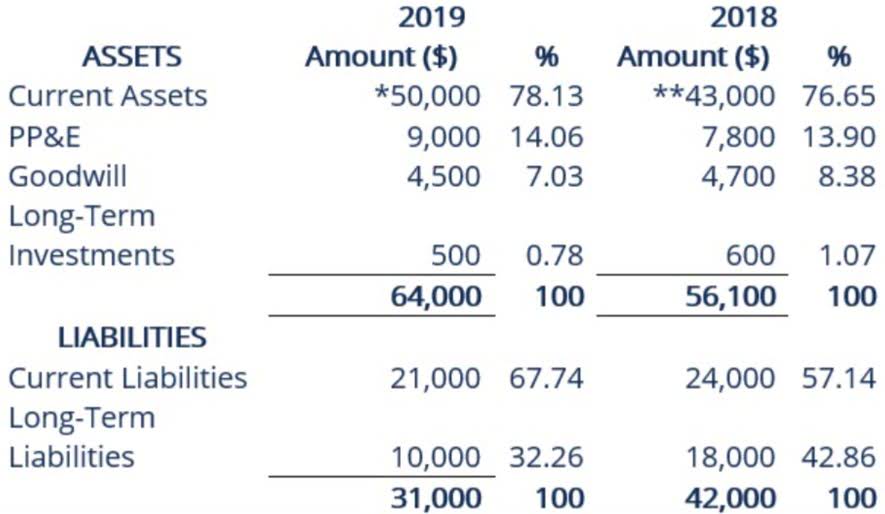
Fyle integrates with major platforms like QuickBooks Online, Xero, Sage Intacct, and NetSuite, ensuring that fully coded expense data syncs automatically. With a quick photo submission, Fyle Car Dealership Accounting automatically extracts data and matches it to the right transaction, saving hours of manual work. Documentation also helps during audits, as auditors can trace each expense to its source and verify its accuracy. SOPs should include step-by-step instructions for handling different types of expense and establish rules of making estimates, particularly in areas like depreciation and warranties.
- Some expenses clearly contribute to revenues, but recognizing them is difficult.
- Under US GAAP, businesses must record revenues on their income statement in the period they were realized and earned.
- With the expense recognition principle, the goal is always to match your business’s revenue and expenses in the same period.
- The expense recognition principle would require you to record $5,000 of the cost of goods sold (COGS) as an expense in the same month you recognize the $6,000 in revenue.
- For companies dealing with international expenses, foregin currency fluctuations can complicate expense recognition.
- Plus, you won’t be able to make informed financial decisions for your business since you won’t have the correct data.
Regular Audits

With accrual accounting, a business abides by the expense recognition principle and recognizes revenue and expenses in the same period. However, if a business recognizes expenses when they’re incurred, it’s using cash accounting. The real-time integrations with accounting software like QuickBooks and NetSuite ensure that expenses are recorded accurately and consistently. Its customisable workflows also allow businesses to tailor expense recognition practices to their unique needs. The Expense Recognition Principle, also known as the matching principle, is a fundamental concept in accounting that establishes the criteria for recording expenses in financial statements. It stipulates that expenses should be recognized in the period in which they are incurred, irrespective of the timing of cash transactions.
Compliance with Standards
- The depreciation method should reflect the pattern in which economic benefits are obtained from an asset.
- This deferral aligns with the revenue the software contributes to over time, ensuring that expenses correspond with the periods they benefit.
- Another expense categorization issue arises when the company can’t recognize a sale but receives cash in advance.
- Amortization refers to a similar process that applies to intangible long-lived assets with finite useful lives.
- It reflects when the expenses incurred will appear in the company’s financial statements.
- This method can lead to lower taxable income and taxes in environments where prices increase.
- When prices are rising, it causes the cost of goods sold to be lower, and inventories balance to be higher than the other two methods.
Certain expenses, such as warranty claims, bad debts, or legal liabilities, often require estimates based on uncertain future events. Accrual accounting gives a ledger account more accurate and complete picture of a business’s financial position. For example, a retailer might purchase inventory on credit in November but sell those items in December.

Examples
Estimation can introduce subjectivity, leading to inconsistencies if the criteria for these estimates are not standardized. Moreover, market fluctuations, economic uncertainity, and changing customer behvaiour can influence estimates, sometimes requiring adjustments the basic principle involved with expense recognition is that impact financial reports. Transactions involving multiple activities or components can be difficult to allocate to a single period. For instance, a construction project may involve various phases, each with unique costs and revenue implications. Additionally, some expenses may not have a direct revenue match, making it harder to determine the appropriate period for recognition.

Accelerated depreciation method

Knowledge is power, and having a firm grasp of accounting principles can help you avoid accounting mistakes that impact your financial statements. This reduces the time and effort required to verify financial records and ensures that audits are completed with minimal disruptions to day-to-day operations. For example, a retailer might incur significant advertising and inventory costs in October to prepare for the holiday shopping season in December. If these expenses are recognised in October, they could misrepresent profitability for that period.
While the expense recognition principle deals with expenses, the revenue recognition principle governs when to record revenue. Both are essential for accurate financial reporting, as they work together to represent a company’s performance in a given period. The expense recognition principle essentially forms the foundation of the accrual basis of accounting. It helps to provide a more realistic and accurate picture of your company’s current liabilities and overall financial performance at any given time. Grasping the process of expense recognition is essential in financial accounting, as it is pivotal in providing an accurate reflection of a company’s financial position and performance.
